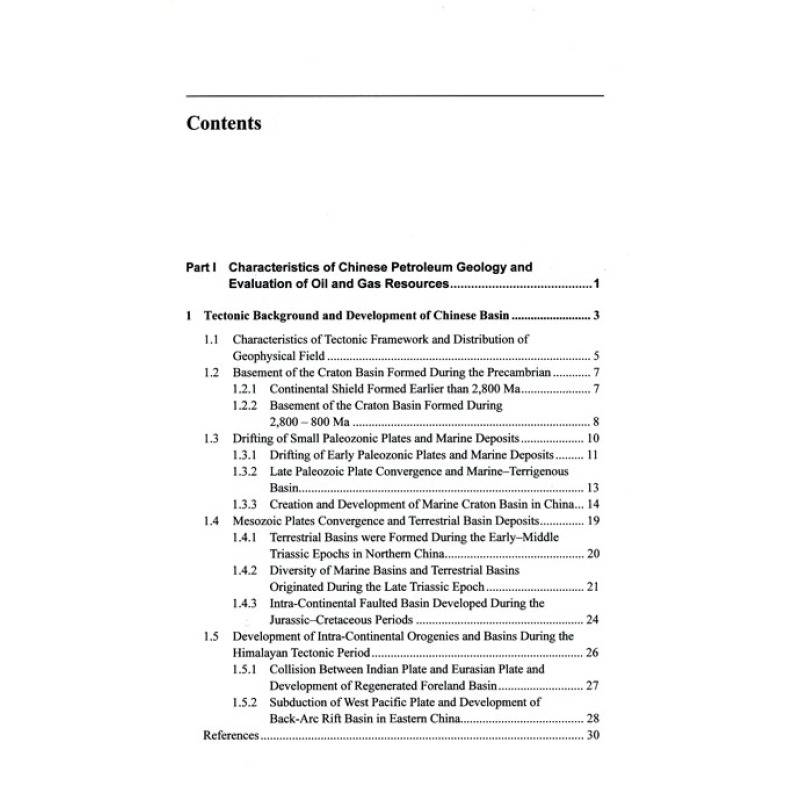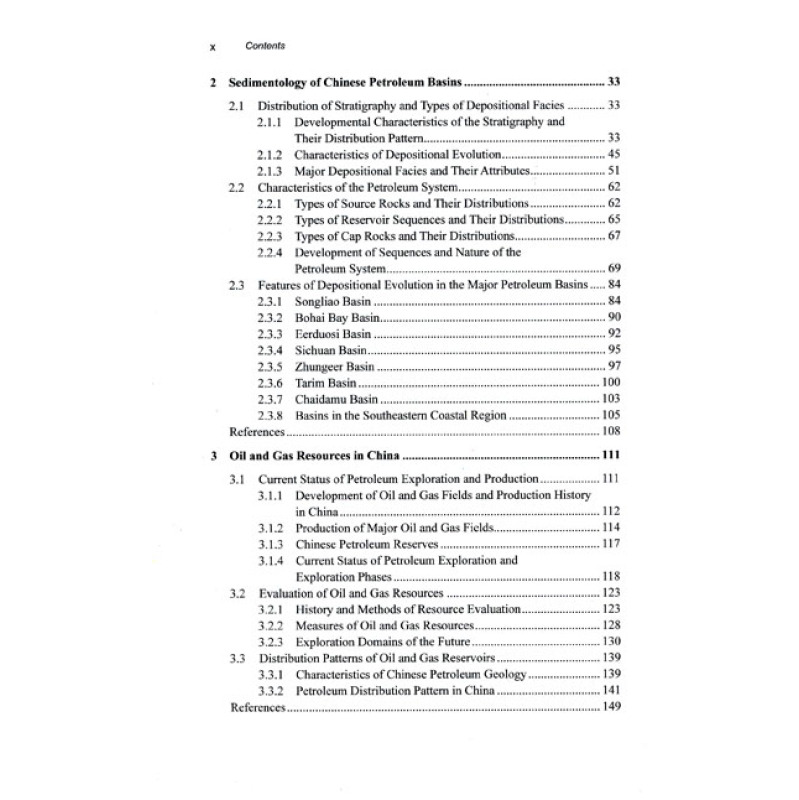- Description
- Contents
- Details
- Review
- The
author
The Chinese petroleum industry has a glorious and long history. The Chinese petroleum explorationists and geologists have made important contributions throughout the history of petroleum exploration. During the development of the petroleum industry, advancements in the understanding of Chinese petroleum geology were always accompanied by huge growth in the petroleum reserves. At the end of the 1950s, the Daqing oil field was discovered in the Songliao basin; along with the development of the geological theory of the terrigenous basin generating oil, the old geological theory that only marine facies could generate oil was revised. At the end of the 1970s, because of the exploration breakthrough in the Bohai Bay basin, the geological theory of composite petroleum accumulation in the faulted basin was developed and annual crude oil production reached 100 million tons. Entering the 21st century, the Chinese petroleum industry has developed into a new stage. The rapid development of the domestic economy brought a serious challenge to domestic oil and gas supplies. Chinese petroleum companies invested a huge amount of capital in domestic exploration. Oil and gas exploration was carried out in eastern and western China on a large scale. As a result, there were major advances in natural gas exploration. At present, the new circumstances that we encounter are increasingly diversified exploration targets; the exploration focal points and hot spots may include several types of basin, complicated oil and gas reservoirs, various regions with different exploration levels and old and new exploration domains. In accordance with oil and gas exploration in the near future, petroleum explorationists and geologists are now facing the major need to develop new geological theories to be applied to oil and gas exploration so as to achieve new breakthroughs and maintain and increase domestic oil and gas supplies. This issue can also be viewed as a challenge and an opportunity facing Chinese petroleum geologists and Chinese petroleum exploration engineers. The Chinese petroleum industry needs a forward-thinking geological theory and a suitable exploration strategy.


No Contents
No Contents
|